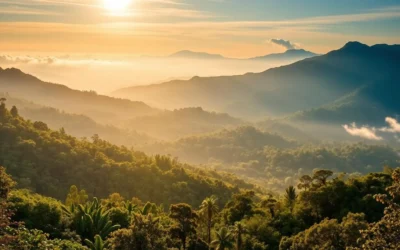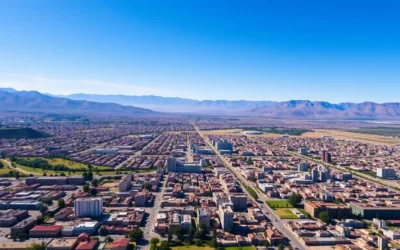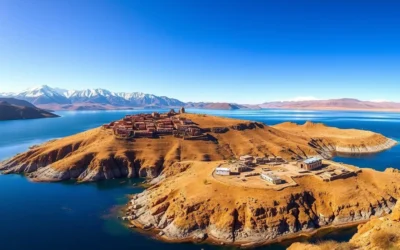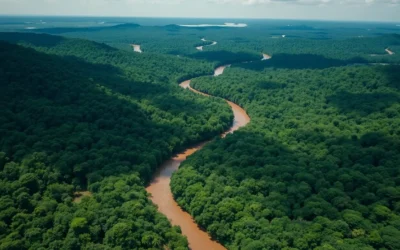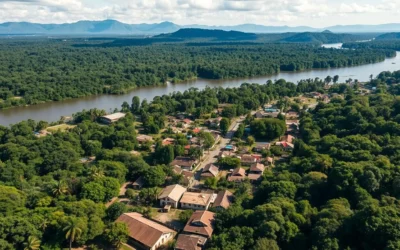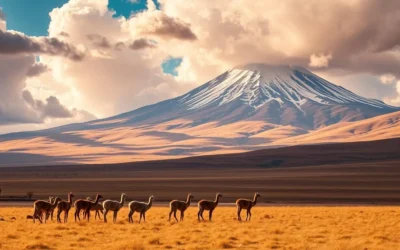Did you know Copacabana sits at 3,841 m (12,602′) above sea level, making it one of the highest lakeside towns in the world? This charming Bolivian outpost on the shores of Lake Titicaca isn’t just a transit point between Peru and Bolivia—it’s a destination filled with cultural richness, breathtaking views, and unique experiences that deserve your attention. From the mystical Isla del Sol where Incan gods were said to be born to the fascinating car blessing ceremonies at the Basilica, Copacabana offers travelers an authentic glimpse into Bolivia’s heart and soul.
Getting There & Planning Your Journey
Copacabana is strategically located on the border between Peru and Bolivia, making it an essential stop for travelers exploring both countries. Most visitors arrive by bus from either La Paz in Bolivia or Puno in Peru.
From La Paz to Copacabana
The journey from La Paz takes approximately 4 hours, including a short ferry crossing at the Strait of Tiquina. Buses depart daily from the Terminal de Buses La Paz, with tickets costing around 50 BOB (≈ $8 USD). During the trip, you’ll witness the spectacular scenery of the Bolivian highlands before reaching Lake Titicaca.
Ready to Book Your Trip to Copacabana?
Find the best flight deals to La Paz or Juliaca (Peru) and start your Bolivian adventure!
From Peru to Copacabana
If you’re coming from Peru, the most common route is from Puno, which is a 3-hour bus ride plus about an hour for border formalities. Buses typically leave Puno in the morning around 7:00 am and cost approximately 33 PEN (≈ $9 USD). The border crossing is straightforward, with bus companies assisting passengers through the process.
Local Transportation Options
Once you arrive in Copacabana, you’ll find the town is compact enough to explore on foot. For trips to nearby attractions or villages, consider renting a car for maximum flexibility.
Explore at Your Own Pace
Rent a car to discover the hidden gems around Lake Titicaca and the Bolivian countryside.
Best Time to Visit Copacabana

Timing your visit to Copacabana correctly can significantly enhance your experience. The region experiences distinct wet and dry seasons that affect everything from hiking conditions to festival celebrations.
Ideal Months to Visit
The best time to visit Copacabana is during the dry season from May to October. During these months, you’ll enjoy clear blue skies, minimal rainfall, and perfect conditions for exploring Lake Titicaca and hiking to viewpoints like Cerro Calvario. June through August offer the most reliable weather, though temperatures can drop significantly at night due to the high altitude.
Months to Avoid
The rainy season runs from November to April, with January and February experiencing the heaviest precipitation. While prices may be lower during these months, rain can make hiking trails muddy and boat trips to the islands less enjoyable. However, if you’re interested in cultural experiences, February features the Virgen de Candelaria festival with colorful processions and traditional dances.
| Season | Months | Temperature | Precipitation | Recommendation |
| Dry Season (Best) | May-October | 15-16°C (59-61°F) | Minimal | Ideal for all activities |
| Shoulder Season | April, November | 15-17°C (59-63°F) | Moderate | Good, fewer tourists |
| Rainy Season | December-March | 16-17°C (61-63°F) | Heavy | Not ideal for outdoor activities |
Year-round, temperatures in Copacabana remain relatively stable during the day, hovering around 15-17°C (59-63°F). However, the high altitude means nights can be quite cold, dropping to 3-5°C (37-41°F), so pack accordingly regardless of when you visit.
Getting Around Locally
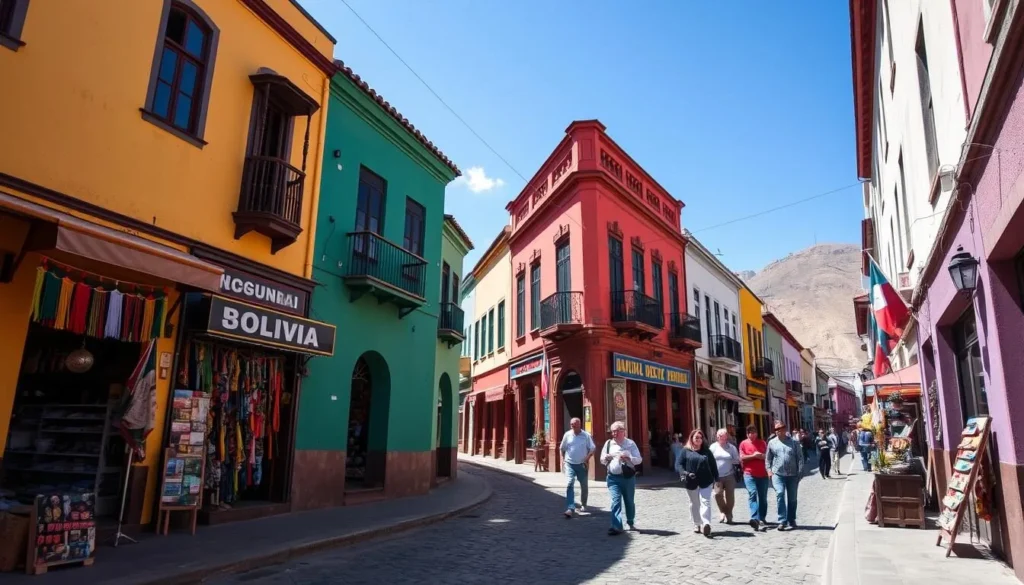
Copacabana is a small, walkable town where most attractions within the urban area are easily accessible on foot. The main areas of interest are concentrated around the central plaza, the basilica, and the lakeshore.
Walking
The most practical way to explore Copacabana is on foot. The town is compact, though some streets can be steep and challenging due to the altitude. Take your time, especially during your first day, to acclimatize properly. Most hotels, restaurants, and shops are within a 15-minute walk of the central plaza.
Taxis
For longer distances or if you’re feeling the effects of altitude, taxis are available around Plaza Sucre. These are affordable options for reaching viewpoints like Cerro Calvario if you don’t want to hike. A typical ride within town costs around 10-15 BOB (≈ $1.50-2.20 USD).
Boats
To visit the islands on Lake Titicaca, you’ll need to take a boat from the main harbor. Regular services to Isla del Sol depart at 8:30 am and 1:30 pm daily, with return trips at various times in the afternoon. Tickets cost approximately 50-60 BOB (≈ $7-9 USD) for a round trip.
Where to Stay
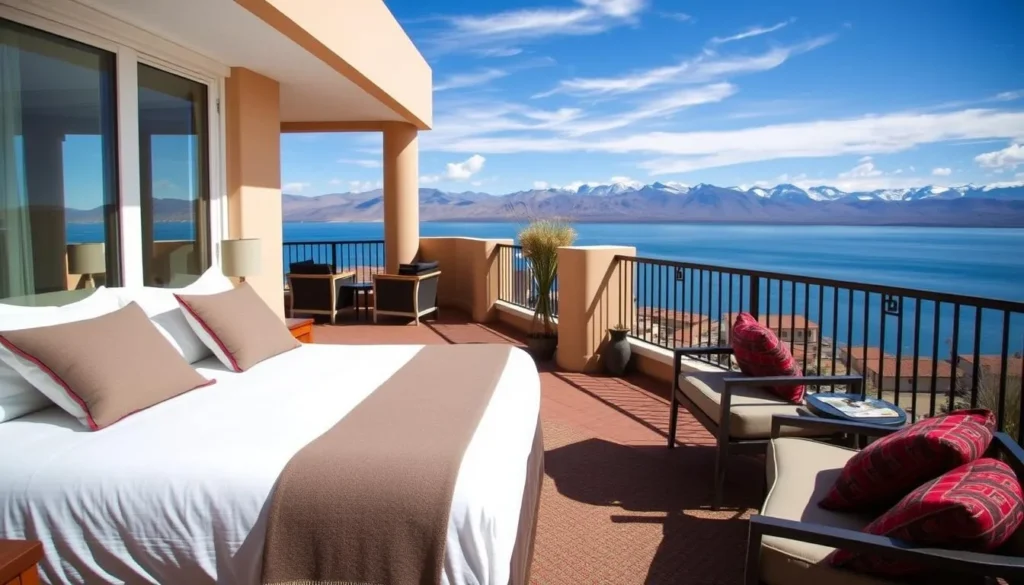
Copacabana offers a range of accommodation options to suit different budgets and preferences. Most places provide stunning views of Lake Titicaca, especially those located on the hillsides surrounding the town.
Find Your Perfect Stay in Copacabana
From lakeside boutique hotels to budget-friendly hostels, book your accommodation now for the best rates.
Luxury Options
While Copacabana isn’t known for ultra-luxury accommodations, several boutique hotels offer comfortable, upscale experiences:
Mid-Range Accommodations
For comfortable stays at reasonable prices:
Budget Options
Travelers on a tight budget have several good choices:
Most accommodations in Copacabana are within walking distance of the main attractions. For the best experience, consider booking a room with a lake view, as the sunrises and sunsets over Lake Titicaca are truly spectacular.
Dining & Local Cuisine
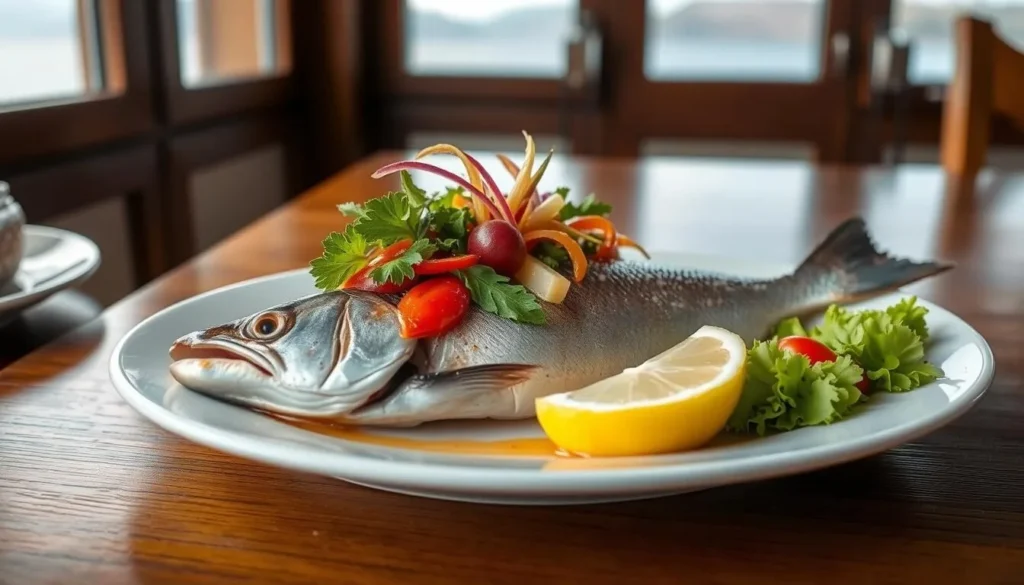
Copacabana’s culinary scene is dominated by fresh trout from Lake Titicaca, traditional Bolivian dishes, and a surprising number of international options catering to travelers. The lakeside setting adds a special ambiance to dining experiences, especially at sunset.
Local Specialties
Don’t leave Copacabana without trying these local favorites:
Where to Eat
Copacabana offers dining options for every budget and preference:
Dining Tips
For the best culinary experience in Copacabana:
Attractions, Sightseeing & Activities
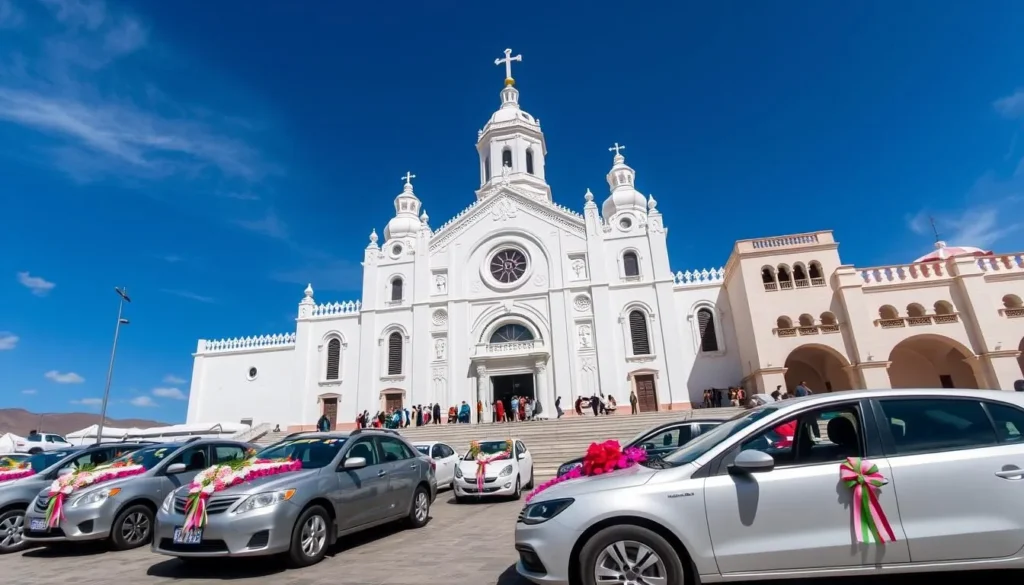
Copacabana offers a fascinating mix of natural beauty, cultural experiences, and historical sites. While the town itself is small, the surrounding area provides plenty to explore over several days.
Maximize Your Copacabana Experience
Discover guided tours, boat trips, and cultural experiences with expert local guides.
Isla del Sol
The jewel of Lake Titicaca, Isla del Sol (Island of the Sun) is considered the birthplace of the Inca civilization. According to legend, the sun god Inti emerged from this island. A visit here is an absolute must when in Copacabana.
Basilica of Our Lady of Copacabana
This 16th-century white Moorish-style church houses the statue of the Dark Virgin (La Morena), Bolivia’s patron saint. The basilica is an important pilgrimage site for Bolivians.
Cerro Calvario
For the best views over Copacabana and Lake Titicaca, hike up Cerro Calvario (Calvary Hill). The 30-minute climb is especially popular at sunset.
Isla de la Luna
Less visited than Isla del Sol, this small island (also called Isla Koati) was traditionally associated with the moon goddess and served as home to the “Virgins of the Sun,” women who lived in seclusion preparing special food and clothing for Inca royalty.
Local Market
Experience daily Bolivian life at the colorful local market located in a side street off Avenida 6 de Agosto. Here you’ll find fresh produce, traditional textiles, and various handicrafts sold by local Cholitas (indigenous women in traditional dress).
Cultural Spots & Festivals
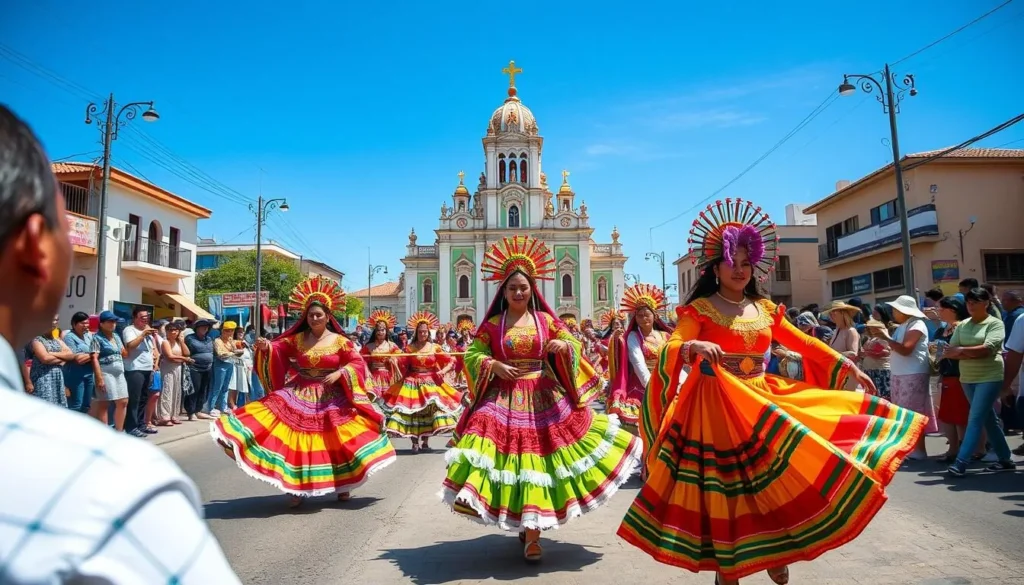
Copacabana’s rich cultural heritage blends indigenous Aymara traditions with Catholic influences, creating unique celebrations and customs that visitors can experience throughout the year.
Virgen de Candelaria Festival
One of Bolivia’s most important religious celebrations takes place in Copacabana on February 2 (Day of the Purification of Mary) and August 5. During these festivals, pilgrims from across Bolivia and Peru come to honor the patron saint of Bolivia.
Car Blessing Ceremony
One of Copacabana’s most unique cultural traditions is the blessing of vehicles. Since the 1950s, Bolivians have driven their new cars to Copacabana to receive blessings from both Catholic priests and traditional shamans.
Horca del Inca
This pre-Incan astronomical observatory, whose name translates to “Gallows of the Inca,” is located on a hill about 1 km from town. The stone structure was used to track solstices and equinoxes, demonstrating the advanced astronomical knowledge of ancient Andean civilizations.
Local Artisan Workshops
Several small workshops in town offer visitors the chance to see traditional crafts being made, including:
Sports, Nature & Outdoor Experiences
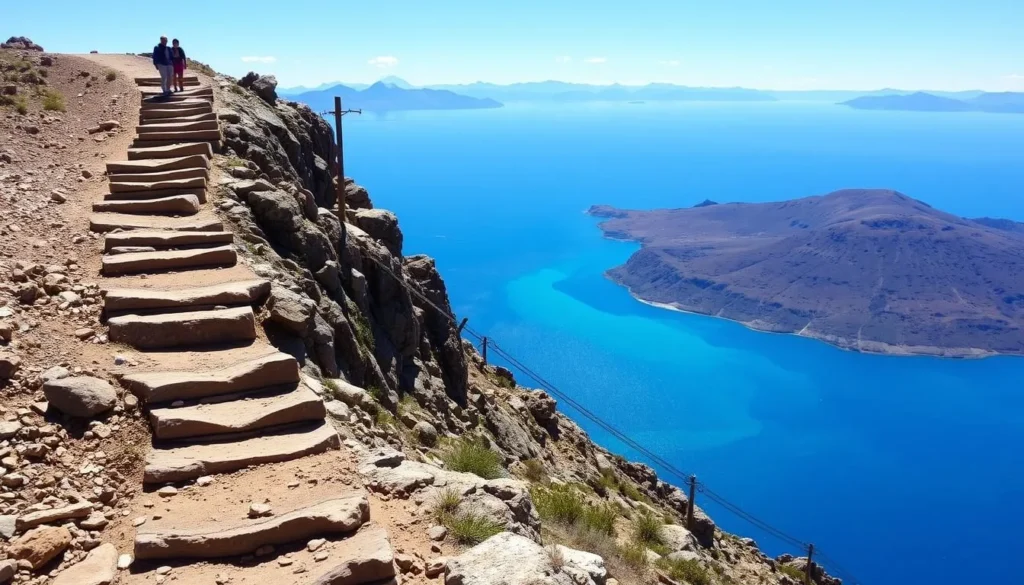
The stunning natural setting of Copacabana, with Lake Titicaca’s crystal-clear waters and the surrounding mountains, provides excellent opportunities for outdoor activities and nature experiences.
Hiking
The area around Copacabana offers several excellent hiking opportunities:
Water Activities
Lake Titicaca’s calm waters are perfect for various activities:
Birdwatching
Lake Titicaca is home to numerous bird species, making Copacabana an excellent destination for birdwatchers:
Cycling
The countryside around Copacabana can be explored by bicycle, though be prepared for hilly terrain and the effects of altitude:
Stargazing
The high altitude and minimal light pollution make Copacabana an excellent place for stargazing:
Safety, Etiquette & Local Customs
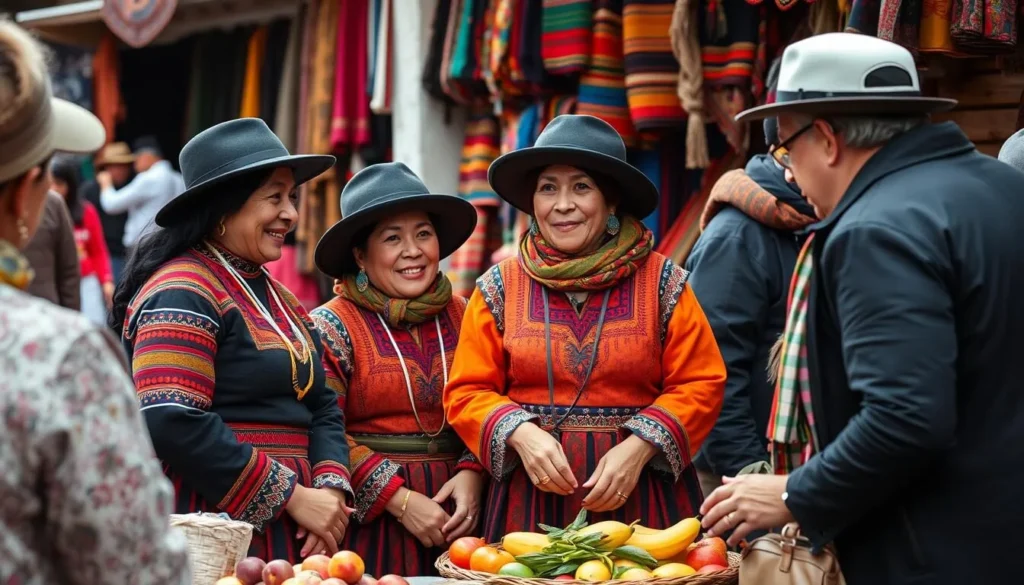
Copacabana is generally a safe destination for travelers, but understanding local customs and taking basic precautions will ensure a smooth and respectful visit.
Safety Tips
While Copacabana experiences less crime than larger cities, it’s still wise to:
Altitude Considerations
At 3,841 m (12,602′) above sea level, Copacabana’s altitude can affect visitors, especially those coming directly from lower elevations:
Local Etiquette
Respecting local customs will enhance your experience and interactions:
Tipping Culture
Tipping practices in Bolivia are more modest than in North America or Europe:
Practical Travel Tips
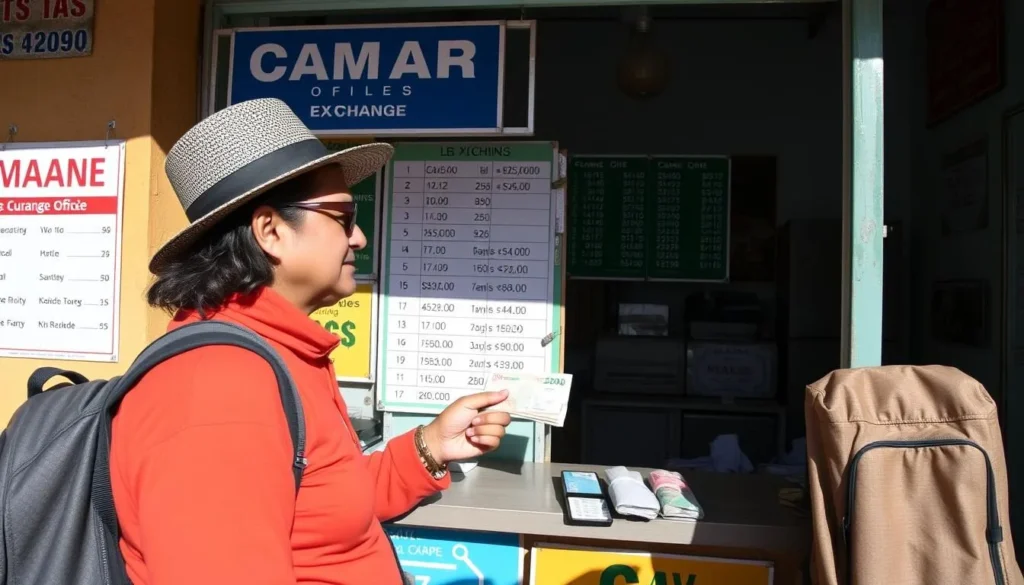
These practical tips will help you navigate the logistics of visiting Copacabana and make the most of your stay in this unique Bolivian destination.
Currency & Money
The official currency is the Bolivian Boliviano (BOB):
Communication
Staying connected in Copacabana:
Packing Essentials
Due to Copacabana’s altitude and variable weather, pack:
Border Crossing Information
If you’re crossing between Peru and Bolivia:
How Long to Stay
To fully experience Copacabana and its surroundings:
Ready to Experience Copacabana?

Copacabana may be small in size, but it offers an authentic glimpse into Bolivia’s rich cultural tapestry while serving as the gateway to the mystical islands of Lake Titicaca. From watching priests bless colorfully decorated cars to hiking ancient Inca trails on Isla del Sol, this high-altitude haven provides experiences you won’t find anywhere else in the world.
Whether you’re crossing between Peru and Bolivia or making a dedicated trip to explore Lake Titicaca, Copacabana deserves more than just a passing visit. Take time to adjust to the altitude, savor the fresh trout at lakeside kiosks, climb Cerro Calvario for sunset, and immerse yourself in the blend of indigenous and Catholic traditions that make this place so special.
Start Planning Your Copacabana Adventure
Find flights, accommodations, and experiences to create your perfect Lake Titicaca journey.
As you plan your visit to this Bolivian gem, remember that the true magic of Copacabana lies in its unhurried pace and spectacular natural setting. Take a deep breath of the thin mountain air, gaze out at the seemingly endless blue waters of Lake Titicaca, and prepare for an unforgettable Andean adventure.
The above is subject to change.
Check back often to TRAVEL.COM for the latest travel tips and deals.

